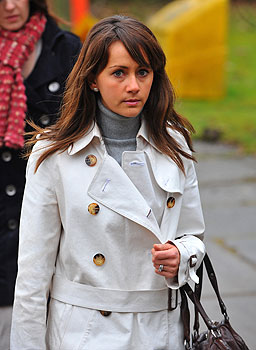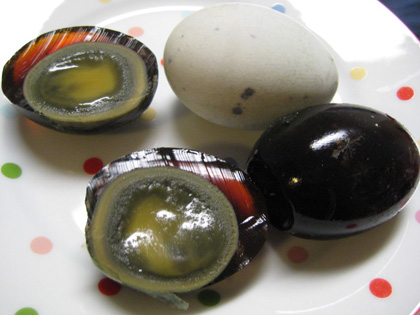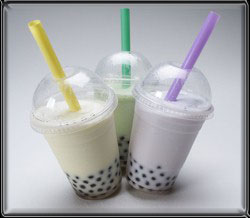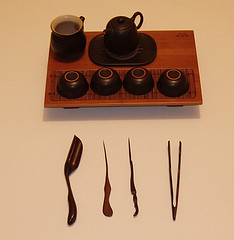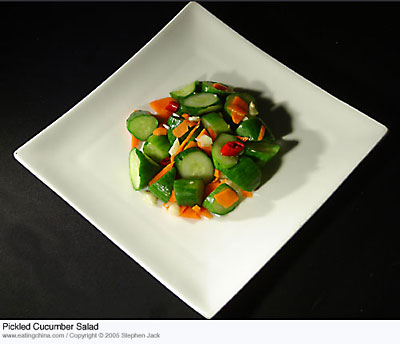When I got out of the plane, Nixon style, and stepped on Borneo, I felt a flash of heat. I thought it was the engines of the plane. No, this was just typical heat of Borneo, right here, just a few kilometres short of the equator.
Dave and I were the only white people in the customs line. Most people ignored us, and the few that didn’t, only glanced up briefly. Every third woman wore a headdress, and some of them wore long-sleeved dresses in beautiful fabrics all the way down to their ankles. Customs were easy. The lady stamped my passport and off we went. We weren’t even subjected to putting out luggage through security checks. One of the officers waved us on.
The airport was air conditioned, so I was a bit shielded. I didn’t quite comprehend the heat I was going to have to put up with for the next week. We booked a taxi for 20 Malaysian Ringgits, which is so far my favourite currency name (this is about $6 Canadian). Our cab driver hung a rosary off of his rear view mirror, but still proudly pointed out the giant mosque that we passed on our way to the hostel. “First mosque in Borneo,” he said. The yellow and gold building looked like–well, to a Canadian girl like me who has done little to no travelling in Muslim countries–it was from Aladdin. It was beautiful. We still haven’t visited it. That is next on the agenda.
But as we were passing through these tiny streets of Kota Kinabalu, there was something very mesmerizing about the place. I was falling in love already and I knew nothing of the people, tasted its food, or seen its beauty. Not at that point, anyway.
The lady who checked us in at our hostel was very sweet and polite with pretty good English, and bears a resemblance to Maria from Coronation Street, if she was Malaysian.
The view from the room in our hostel gives you a pretty good idea of what most of the streets in Kota Kinabalu look like:
 The street isn’t without its noise. Of course there are cars, but every once in a while an airplane flies overhead, making a huge ruckus. I would love to know what birds frequent the trees next to our window, as usually once a day they gather in enormous crowds and chirp like mad. Also, there is a man who uses a leaf blower very early in the morning. I could do without that.
The street isn’t without its noise. Of course there are cars, but every once in a while an airplane flies overhead, making a huge ruckus. I would love to know what birds frequent the trees next to our window, as usually once a day they gather in enormous crowds and chirp like mad. Also, there is a man who uses a leaf blower very early in the morning. I could do without that.
As it turns out, if you’d like to visit Kota Kinabalu, you don’t need to know much Malay, if any at all. We learned the words for “thank you” and “you’re welcome.” We have only been to one restaurant that didn’t have someone who could speak English, and that happened to be the first one we visited.
And speaking of restaurants, the food is amazing. Absolutely marvelous, as Dave’s father would say. I don’t think that I’ve had anything I’ve truly disliked – except a strange episode with some fruit at a night market. There were several stalls of old ladies selling green fruit. The fruits were peeled and sliced by the ladies right there, and then packaged in clear plastic baggies. Then, once you indicated that you’d like one, she’d put in salt and soy sauce (we think??) and add some skewers for easy eating. So many stalls and so many people eating them, I assumed it must be good. Boy was I wrong.
It tasted awful. All the wrong flavours came together in one baggie. I waited until we were well out of sight and found a trashcan. Dave have a bit more luck with his baby squid on a stick:
Besides, I found something tasty in roasted corn-on-the-cob-on-a-stick. The absolute best way to have corn. We’re going to venture to the night market again, but with a bigger appetite next time.
As far as restaurant cleanliness goes, you sort of have to remember where you are and let go of previous ideas of “clean.” Most places we went to were as clean as anyone’s kitchen at home would be. We haven’t gotten sick from any restaurant except the ONE Westerner restaurant we went to: a little Italian joint where the salmon wasn’t so fresh, we don’t believe.
But suffice it to say, especially if you’re at an outdoor place, expect that, in addition to regular customers, you will see rats, cockroaches, and cats visiting as well. You’d think the cats would get the rats, but the rats are almost as big as the cats. Sorry to gross you out. As I mentioned to Dave though, as long as they aren’t feeding me the rats, I don’t care.
I have hardly met nicer people though. It’s true when they talk about Malaysian hospitality: it’s probably some of the best in the world. Even when they aren’t treated that well (most of the foreigners here make me very, very ashamed), they still continue to provide excellent service and smiles.
The wonderful thing is the clash of cultures. Malaysian, Indonesian, Chinese, Indian, and many others all live here in the same place. Many are Muslim, some are Christian, some are Taoist or Buddhist, and some still practice folklore religions. Unlike Taiwan, no one looks at Dave and I as though there’s something wrong with us. Sometimes they are surprised to see us, especially if it’s a local hangout that’s not frequented by foreigners, but never are they rude.
I suppose the only exception to that rule was the music store we went into. Working there were four or five teenagers that didn’t seem to know much about music, nor about how to treat any customers – foreign or not. We ended up buying a cheap guitar there, however. Best $50 ever spent.
For the enjoyment we’ve gotten out of the guitar, it was well worth dealing with the teenagers. It’s been far too long since we’ve gotten to play music.
Also–as a very random sidenote–our bathroom is outside. There is something very charming about that.

The stall doors next to the sink and balcony. I would have taken a picture of the view off the balcony, but it's just another building.
A very funny story on that note: there is a nice old Muslim lady who cleans our floor every morning. I woke up and went to the bathroom. There are two bathroom stalls there. That morning, both doors were closed. I asked her, “Are there people in there?” She smiled and nodded, saying “Yes.” I nodded back and smiled, and sat down on the bench, waiting for my turn. She then puts down her mop and bucket and opens one of the stall doors, closes it behind her, and uses it for herself.
…I see what you did there.
Overall, everything is so wonderful.
On our second day here, I had a conversation with a Norwegian who was also staying at the hostel. He, on the other hand, found Borneo to not be worth the money and wouldn’t recommend it to anyone.
I think he and I must be staying at different places. It’s magical here. Dave and I are planning to come back someday for sure.
In the meantime, we’re going to go look at moneys tomorrow, namely the Proboscis monkey, which is indigenous to Borneo, and there’s only 1,000 of them left.
In short, while the heat is a bit much for this Irish/English/Scottish girl (my face is bright red constantly), I couldn’t recommend Borneo higher. If decent wage English teaching jobs were available around here, we’d probably never leave.
